
Published:
Readtime: 17 min
Every product is carefully selected by our editors and experts. If you buy from a link, we may earn a commission. Learn more. For more information on how we test products, click here.
The two main beer types are ales and lagers. However, with great beer comes great choice, and with a multitude of beer styles everything from colour, flavour, strength, ingredients, and texture goes up for grabs. One little tweak during the brewing process and you might end up with an entirely new product. That said, all beer more or less falls under the aforementioned banners which we’re breaking down below.
Related: Want to explore some odd beer types? Check out the best beer subscriptions.
2 Main Types of Beers
The difference between beer types has to do primarily with the yeast used during fermentation. Namely, a specific type of yeast will yield a specific type of fermentation will yield a specific type of beer. All beer falls under one of these four types: ale, lager, Lambic or mixed origin. Ales and lagers make up the lion’s share of beer worldwide. Here’s a breakdown:
1. Ale
Due to higher alcohol tolerance, the yeast used to make ale ferments at a higher temperature than the one used to make lager. The result is known as “top fermentation”. Top fermentation is basically what it sounds like, with the yeast settling as a foamy layer on top of the beer at the end of the process. Ales took off in Britain centuries ago and have experienced plenty of ups and downs since. Most recently, however, ales are in full-blown comeback mode if not taking their victory lap. In other words, thanks to their rich colour and bold taste, ales are more popular than ever.
Check out the different types of ales.
2. Lager
In seemingly direct contrast to ale yeast, the yeast required to make lager has a lower alcohol tolerance reacts to cooler temperatures and settles at the bottom of the beer after fermentation. Naturally, this process is known as “bottom fermentation”. The fact that lager yeast responds to cooler temperatures enabled certain European countries to ferment it in caves, which is one theory behind why this type of beer became so popular in the first place. In general, lagers are light and refreshing, though, in this day in age, the full spectrum is covered. Hence, if dark and strong is your thing, you can still find a lager to suit your desires.
Check out the different types of lagers
Types of Ales
Ales are traditionally brewed via a warm fermentation process and then bolstered by a bittering agent (namely hops). According to the Brewers Association, there are over 50 styles of ales offered around the world. Hailing from places like Belgium, North America, England, and Germany, this category of beer runs a wide gamut of texture, flavour, colour, aroma, and ABV. We’ve highlighted some of our favourite styles below.
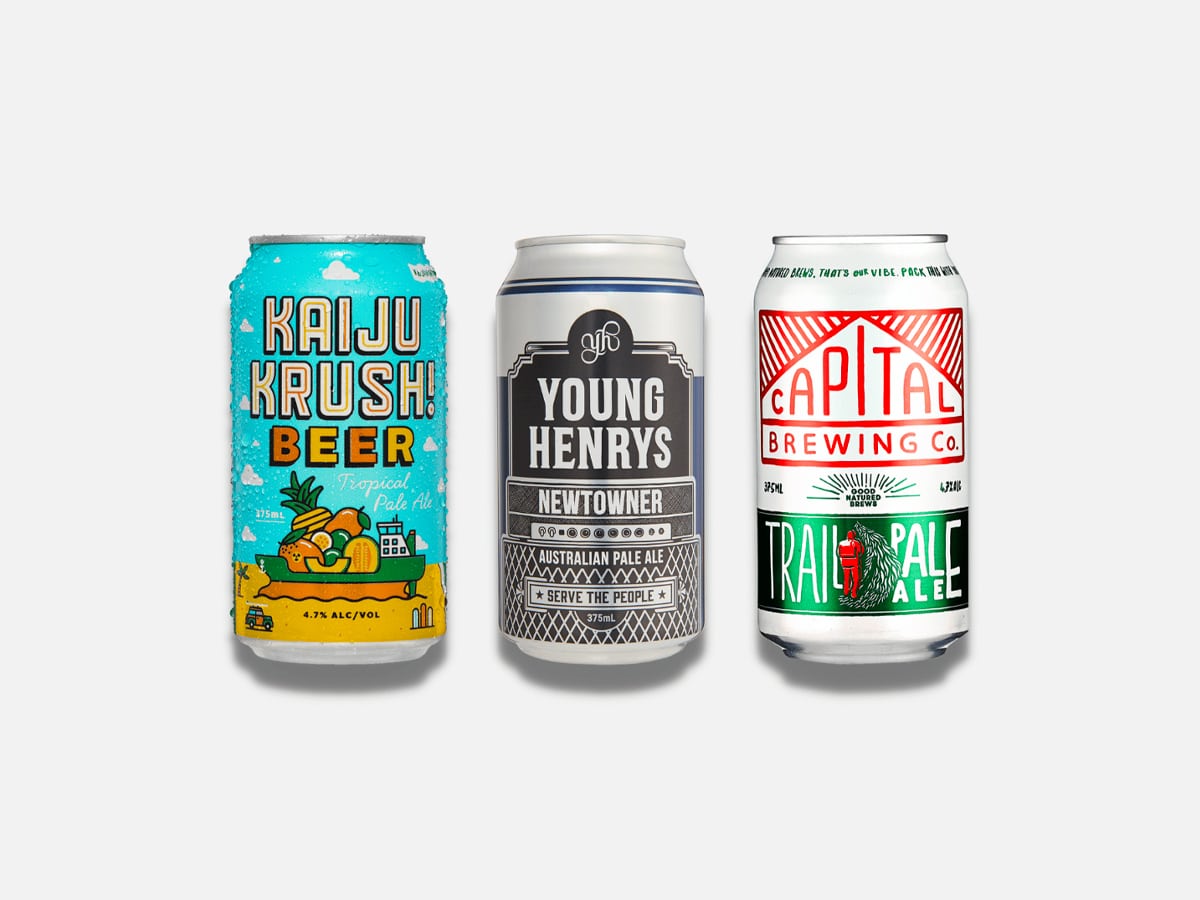
Pale Ale
The characteristics of pale ale can vary depending on the country or brewery, but in general, one can expect a copper colour and robust, hoppy flavour. To those wondering why a beer that commonly sports an amber hue is referred to as “pale”, the answer lies in the pale malted barley used during production and the fact that the beer is quite pale when compared to darker counterparts like stouts or porters. The majority of pale ales around the world can trace their origins back to Europe and the UK, in particular. Popular sub-categories include the following:
Hazy Pale Ales – The use of ingredients like starch, yeast, hops, proteins, oats, and wheat—along with less filtration—lend this sub-category of pale ale its cloudy or hazy appearance. With an abundance of hops comes what’s often described as a ‘juicy’ flavour and aroma, with a silky mouthfeel and fruity, floral, or citrusy character. The exact amount of haziness (i.e. cloudiness) can vary from one beer to the next.
American-style Pale Ales – American-style pale ales traditionally impart a low to medium toasted malt character whilst ranging in colour from straw to light amber. The flavour profile can be floral and fruity with a subtle citrus character, piney and resinous, hoppy and sweet, or a combination of the above. Popular examples include Sierra Nevada Pale Ale and Deschutes Brewery Mirror Pond.
Australia-style Pale Ales – Taking production cues from the British tradition, Australian-style pale ales tend to be maltier in flavour and less hoppy (i.e. less bitter) than their American counterparts. Typically amber in colour with a savoury taste and fruity or floral aroma, this style of beer goes down particularly well in warm weather (hence its evergreen popularity amongst Aussie drinkers). Leading examples include Cascade Pale Ale, Coopers Pale Ale, and James Squire One Fifty Lashes.
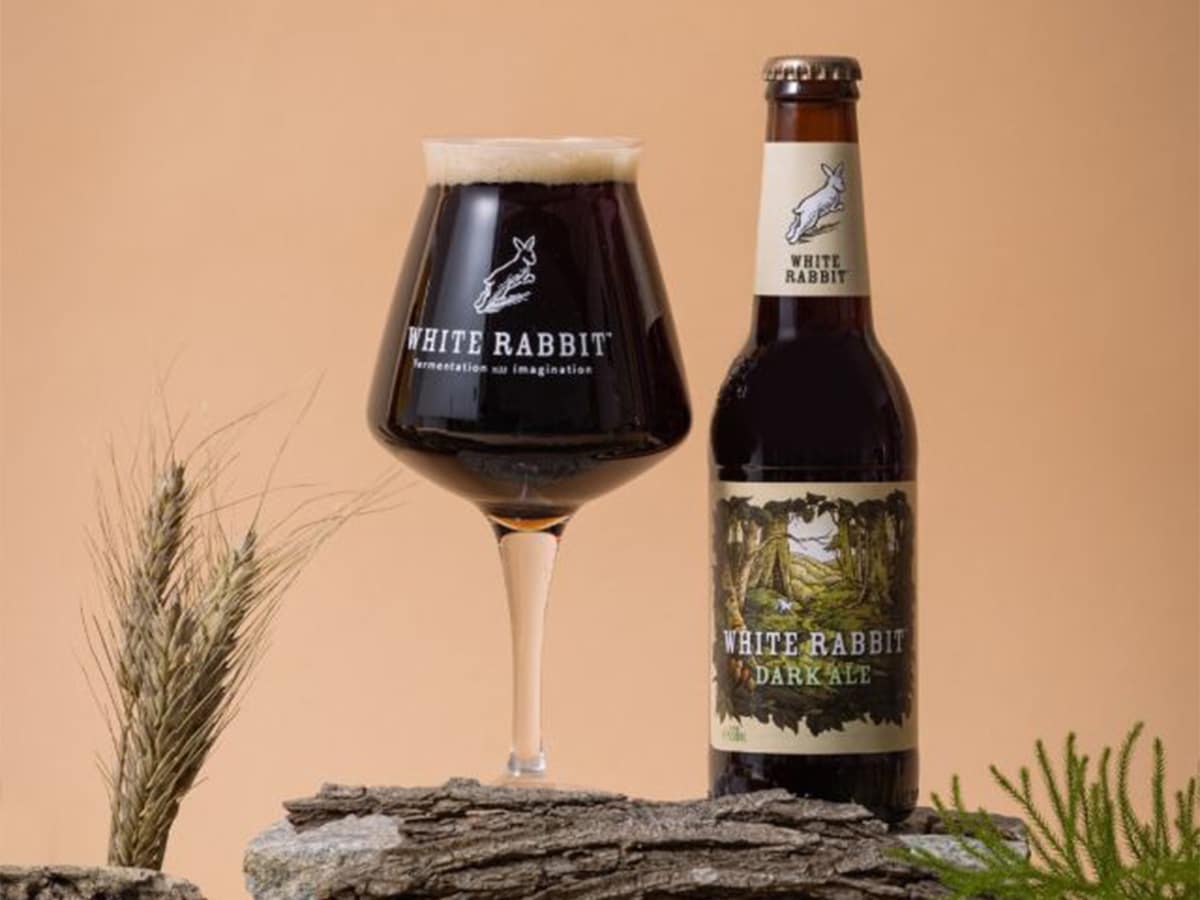
Dark Ale
A British-style beer made using a signature blend of hops, yeast and malts, dark ales are often chestnut in colour and overflowing with a complex, mildly sweet flavour. Find a nice dark ale in the 6% ABV range and prepare to fall in love because these beers represent the perfect meeting ground between texture and taste.
Buy Dark Ale (Dan Murphy’s) Buy Dark Ale (First Choice)
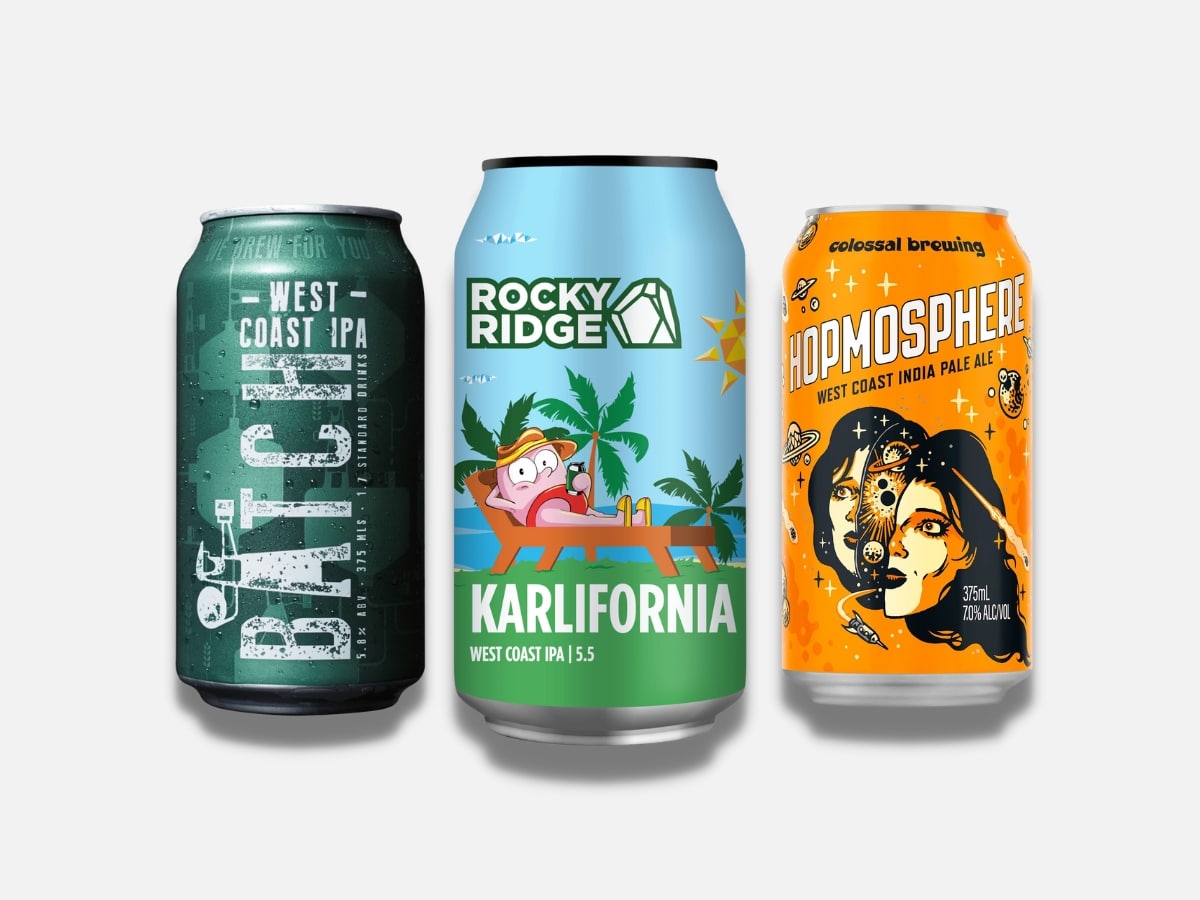
IPA or India Pale Ale
According to legend, India Pale Ales (IPAs) were unwittingly invented by British sailors, who used massive amounts of hops to preserve their beer during long voyages to India. By the time they got around to drinking the stuff, it had taken on an overtly bitter flavour profile.
Nowadays, IPAs are more versatile than their strong and hoppy reputation would suggest (not that there’s anything wrong with a strong, bitter beer) and available in a wide variety of styles. They’re also more popular than ever before in places like North America.
The flavour profile of a given IPA will often depend on the type and amount of hops used during production. Some hops deliver robust notes of tropical fruit whilst others are herbal and spicy, to name just two quick examples. As a result of the hops and other production methods, IPAs tend to be more bitter and slightly stronger than traditional pale ales. The colour of IPAs can range from golden pale to light amber.
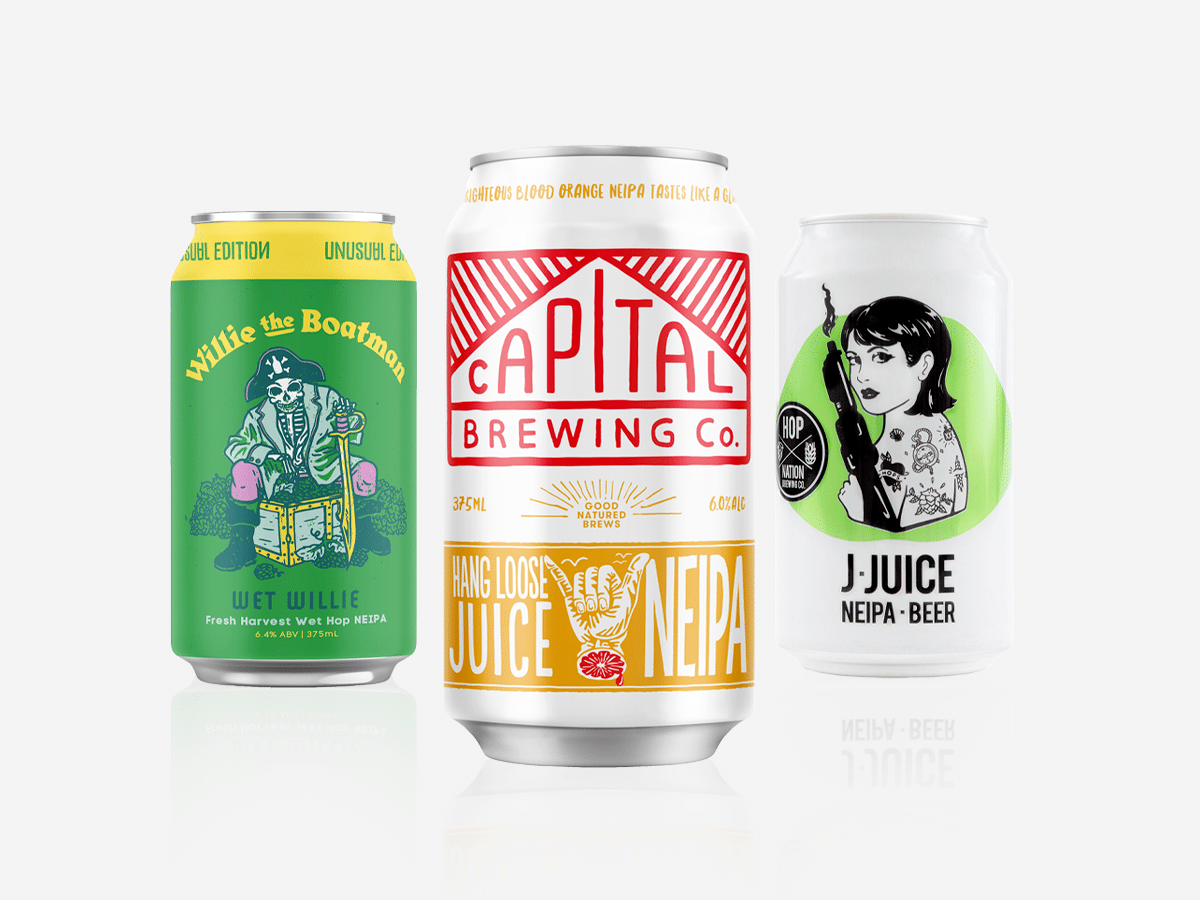
NEIPA or New England India Pale Ale
One of the most popular beer styles, New England IPAs are quintessentially ‘juicy’ in almost a literal sense. They’re typically unfiltered, dry-hopped, and fermented to yield lower carbonation, thereby imparting a hazy appearance and less bitterness than traditional IPAs. Visually, they resemble cloudy orange juice with a taste and aroma that’s also fruity by design. If most IPAs are simply too bitter for your liking, don’t give up on the category until you’ve tried this particular style.
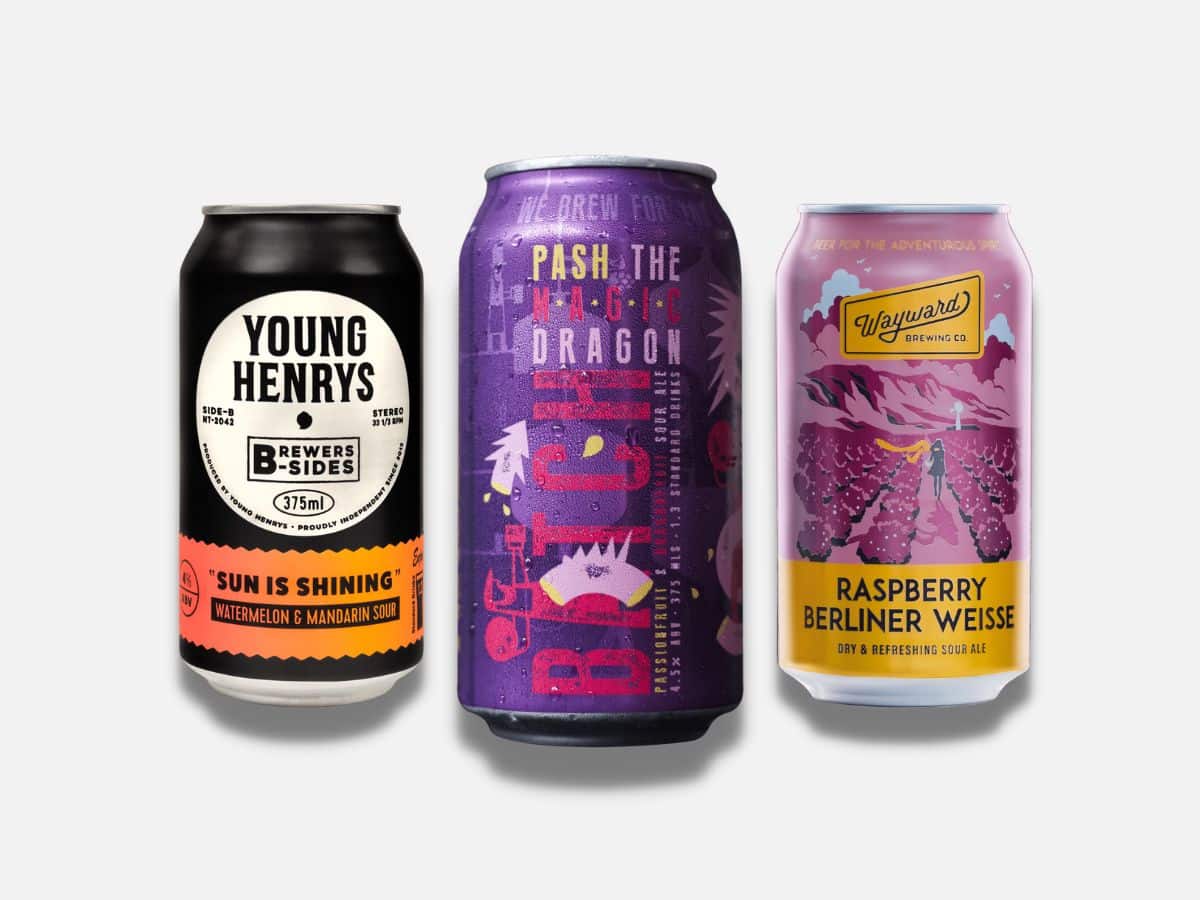
Sour Beer
Whereas most beers are crafted from traditional yeast strains, sour beers opt for “wild yeasts” as well as friendly bacteria such as lactobacillus. The result can range in terms of texture, aroma, and flavour, whilst a tart and crisp (i.e. sour) character persists from one style to the next. Varieties include Belgian Lambic and German Gose, to name a few.
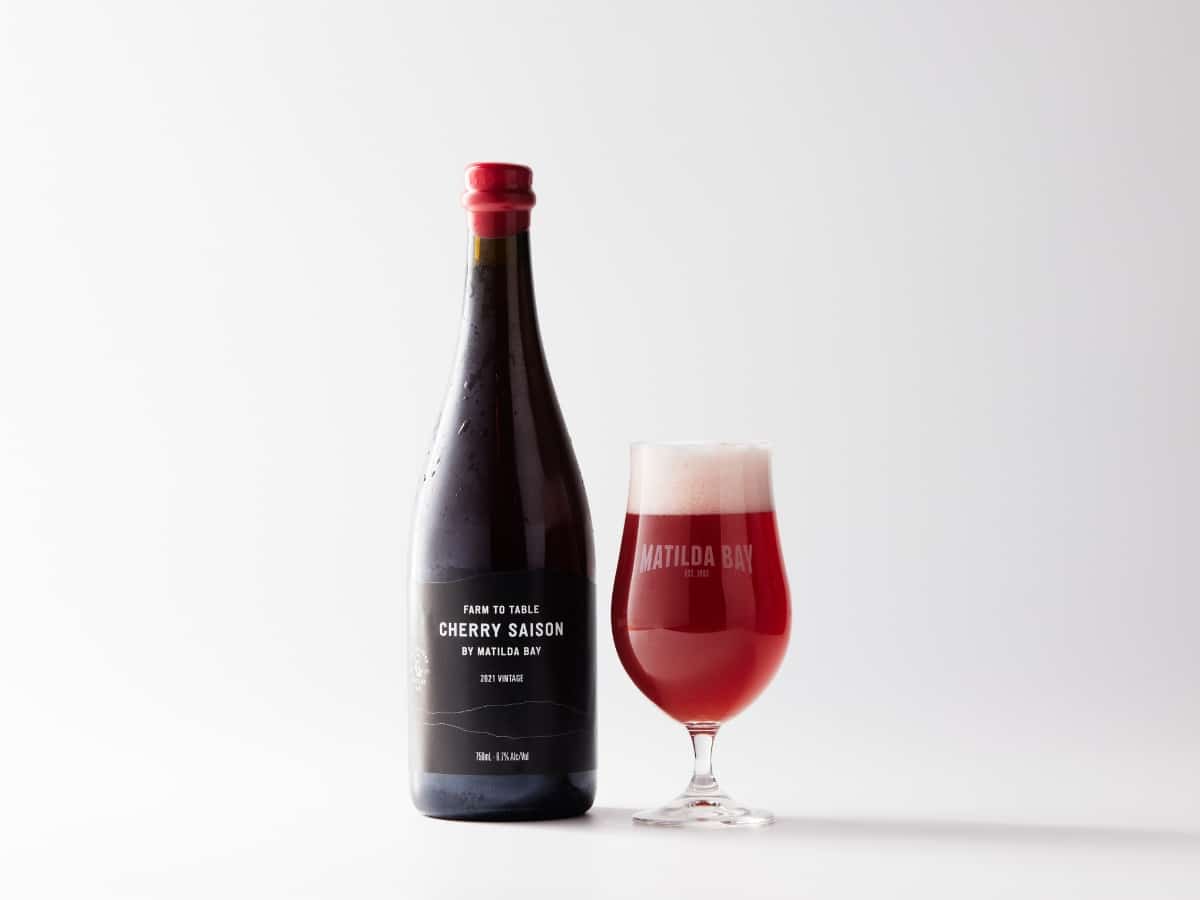
Saison Beer
Alternately known as “farmhouse ale,” Saison originated in Belgium and quickly took on a distinct life of its own. This type of beer is most often brewed from top-fermented yeast and a variety of locally-sourced grains. It can be presented in a light or dark colour with a taste that ranges from malty to hoppy. No matter what the variety, drinkers can often expect a relatively low to mild bitterness and an undercurrent of spiciness and fruitiness. Weaker Saisons will have ABVs under 5% whilst the stronger stuff hovers around 8% and above.
Buy Saison Ale (Dan Murphy’s) Buy Saison Ale (Beer Cartel)
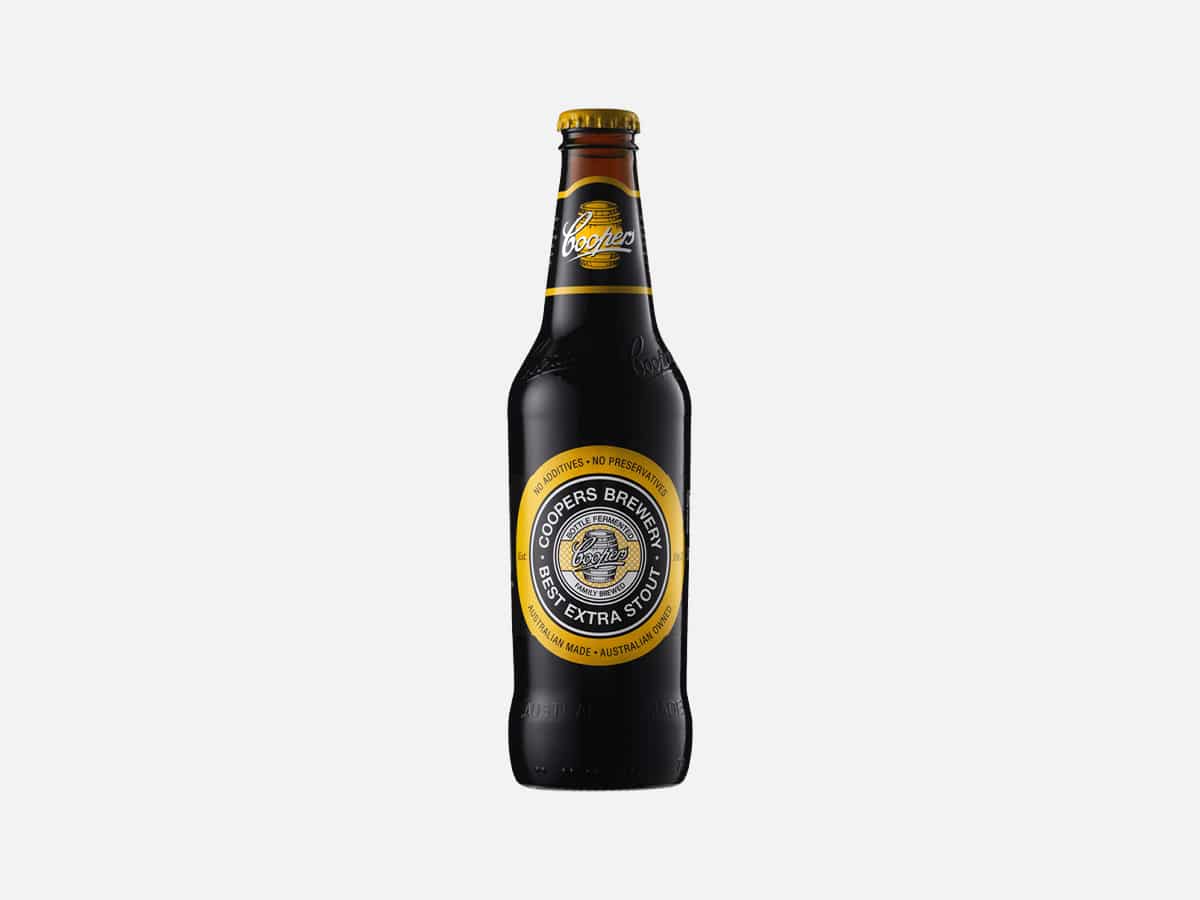
Stout
This top-fermented dark ale usually dispenses with a creamy texture and toasted, coffee-like flavour. It was once more or less interchangeable with a porter, whilst the term “stout porter” denoted particularly strong dark beers in previous historical eras.
Nowadays, stout represents its own unique category and comes available in a variety of different styles and ABVs. Stronger variants clock in above 10% ABV whilst the world-famous Guinness Stout has an ABV of only 4.2% in most markets. Here’s one of the most popular variants:
Russian Imperial Stout – According to legend (or perhaps myth), Russian monarch Peter the Great visited England in 1698 and fell in love with stout beer. Whatever its origins, Russian Imperial Stout remains best known for its strong ABV, rich mouthfeel, dark colour, and robust flavour profile of dark chocolate, espresso, and dark fruit. Today, most styles are crafted in places like North America and they tend to offer a higher IBU (i.e. bitterness) than traditional stouts.
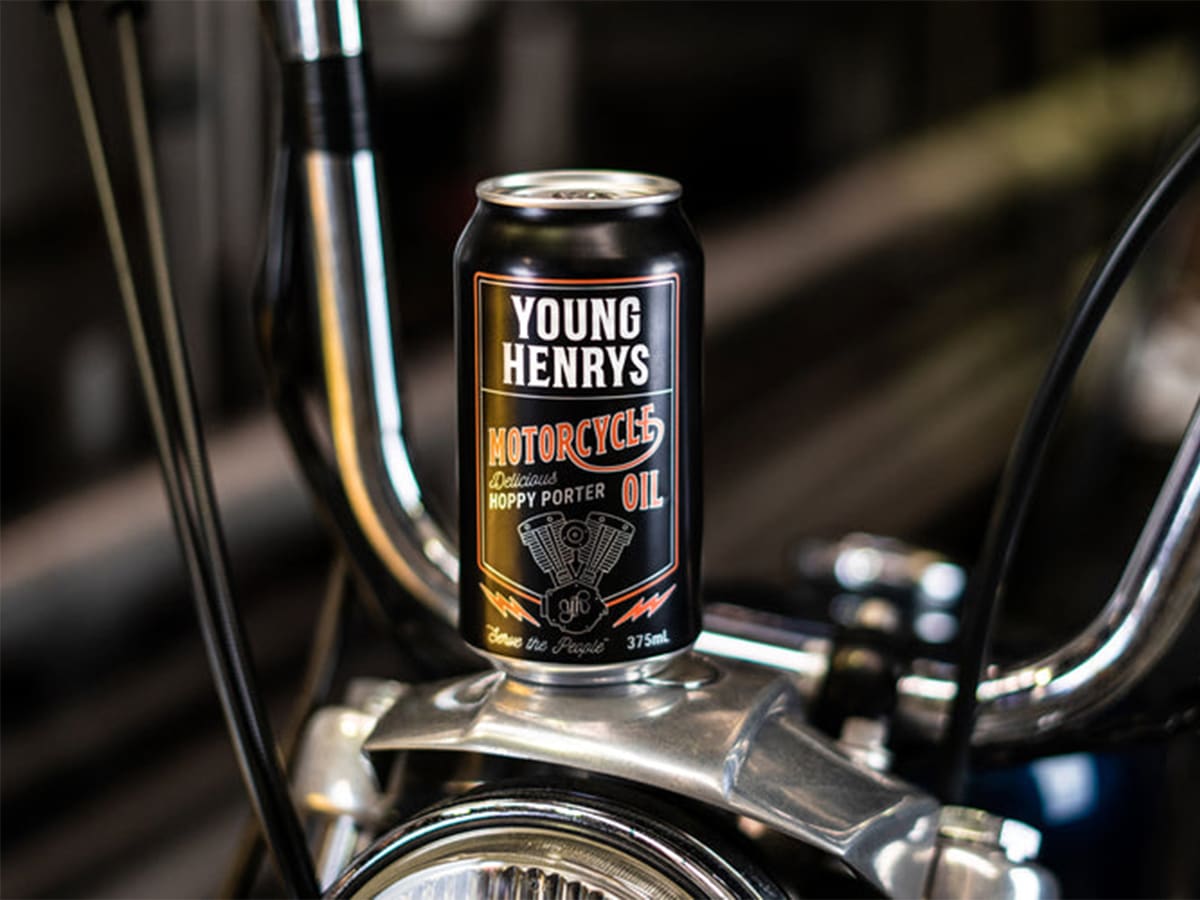
Porter
Once synonymous with stout, porter now makes up its own respective category of dark beer. Historically, the two paths diverged when stouts became known as the stronger of the two beer styles. Providing further distinction at the time, stouts employed unmalted roasted barley during production whilst porters used malted brown barley.
These days, porters tend to denote a style of dark beer that’s lighter than stout in terms of colour and ABV (generally speaking). Porters usually deliver a similar coffee-like flavour profile but with less bitterness and more maltiness than stout. To make matters as confusing as possible, you can still find strong porters and weak stouts and vice versa.
Types of Lagers
When you think of a classic brewski, you’re most often thinking of a lager, the world’s most popular beer. The word has etymological roots in the German word for “storage,” whereas lagers are usually matured in cold storage rooms before consumption. Although, there are some great Japanese lagers too.
Brewed from a bottom-fermenting yeast and conditioned at low temperatures, a number of modern lagers cultivate a balanced and effervescent profile, with subtle flavours of malt and hops that don’t overwhelm the palate. You can find them in a variety of colours and styles, including pilsner.
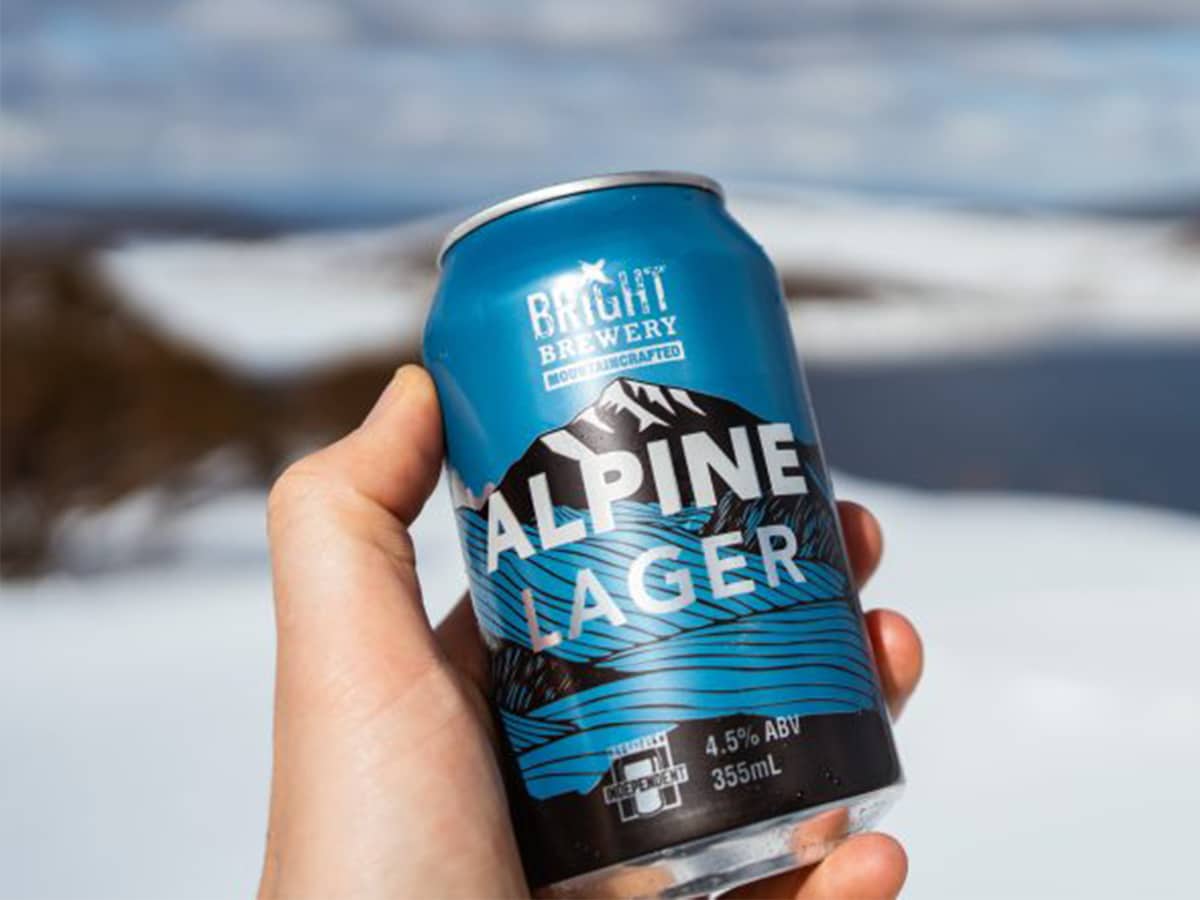
Australian Lager
Australia’s most popular beer style is the perfect cool-me-down for those blazing days and warm nights. Accordingly, Australian lager is usually pale gold in colour and both light and refreshing in taste. In addition to the flavour of pale malts is a subtle element of bitterness and hops. Overall, this beer style is clean and crisp and easy to drink. Hence, it’s no wonder that some of your mates drink it by the case.
Buy Australian Lager (Dan Murphy’s) Buy Australian Lager (Beer Cartel)
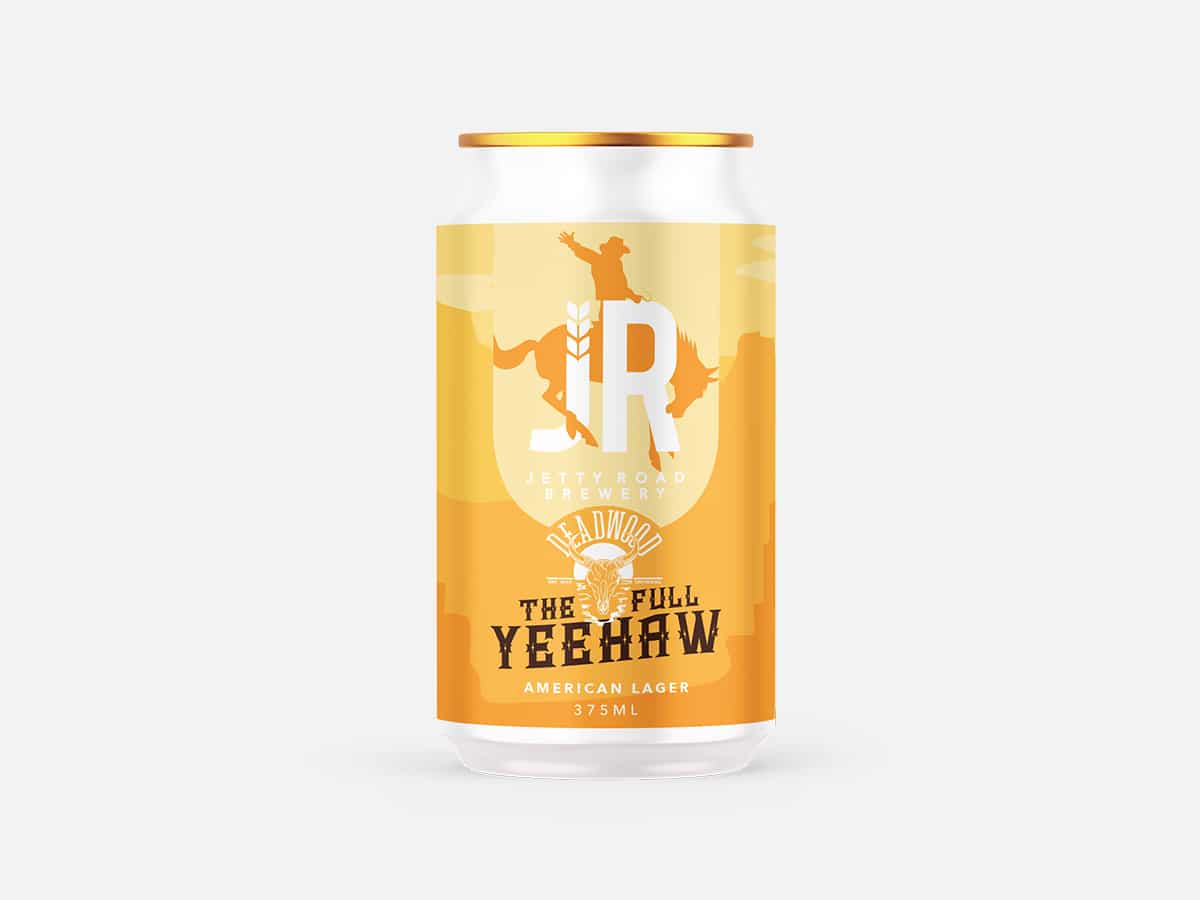
American Lager
Americans love to drink beer and lots of it, which helps explain why pale lagers—especially pilsners—continue to fly off the shelves and litter the grounds of major concerts and sporting events. Sippable and affordable, American lagers typically impart a straw colour, a low IBU, and an ABV of 5% or less. Budweiser remains the king of this respective category and a perennial symbol of American-style drinking—or should we say chugging—in general. On the darker and more flavourful side of the spectrum is something like Sam Adams Boston Lager.
Buy American Lager (Dan Murphy’s) Buy American Lager (Beer Cartel)
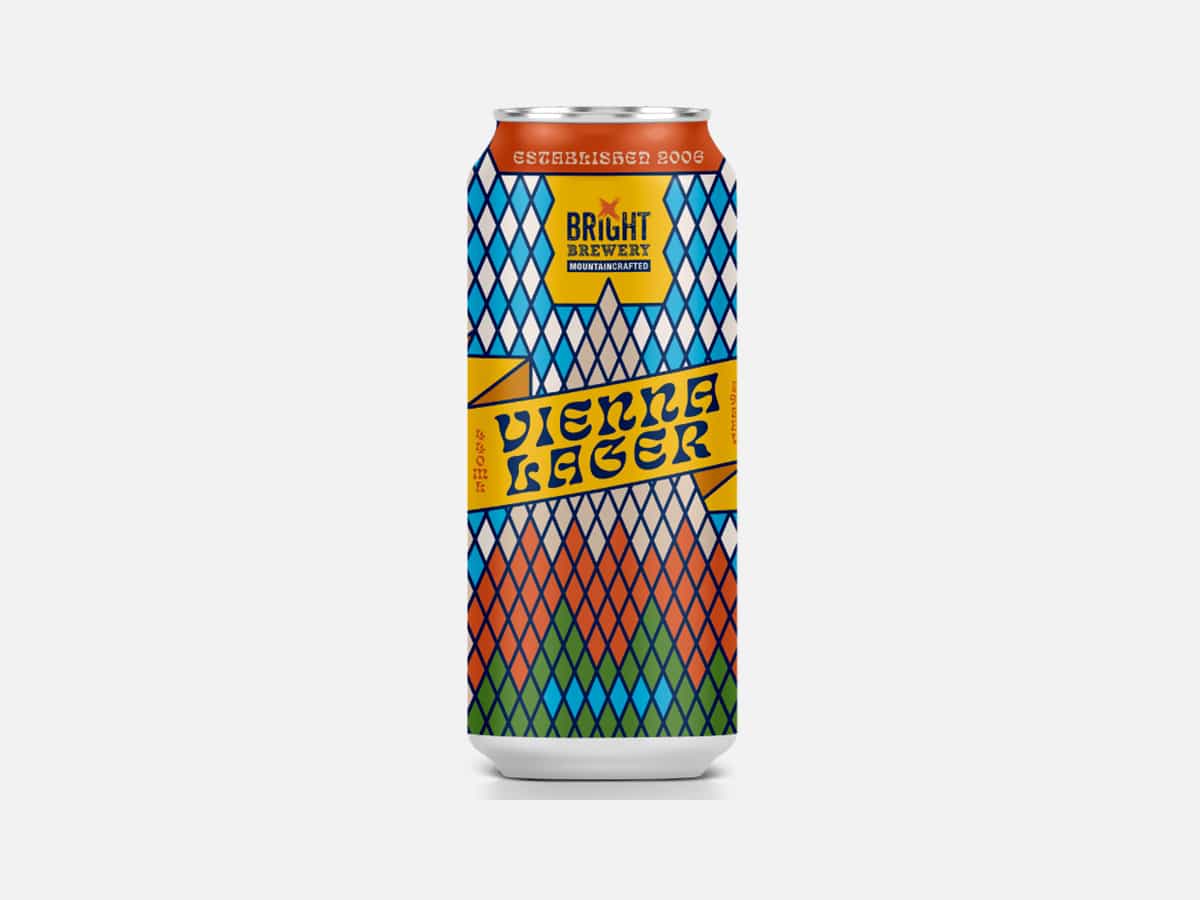
Vienna Lager
The legend goes that two Austrian beermakers took a beer tour around Europe in the 1820s and 1830s and stole both samples and trade secrets from some of the best breweries in Britain and elsewhere. They soon switched to bottom-fermented beers and Vienna Lager was born. Challenging to craft, this medium-bodied style of beer is often distinguished by a crisp flavour profile of light hop bitterness and malty sweetness.
Buy Vienna Lager (Purvis Beer)
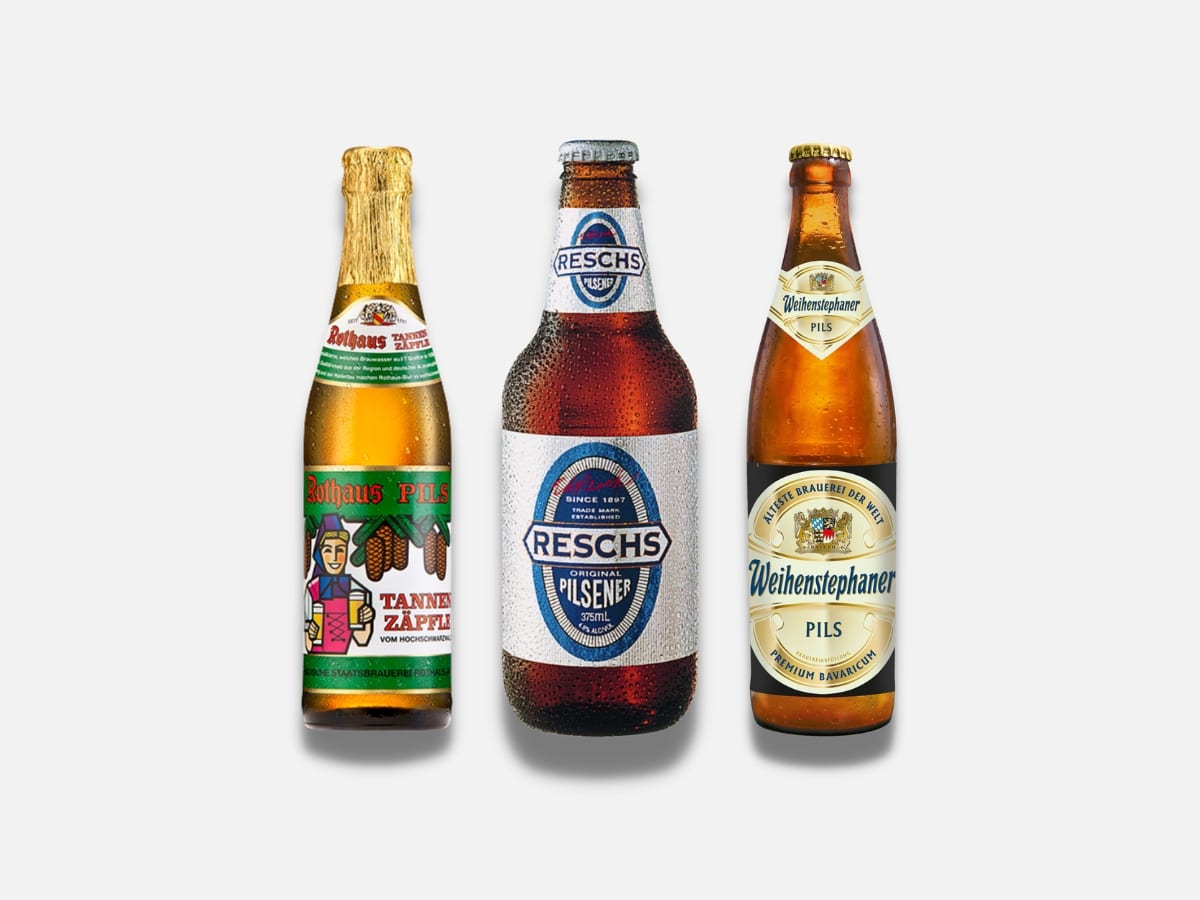
Pilsner
A sub-category of lagers, pilsners generally use more hops during production and thus deliver a little more bitterness and flavour. They tend to be light in colour with a touch of sweetness, a dry finish, and an average ABV of 5% and 7%, making them one of the world’s most sippable beer styles. Meanwhile, pilsners have yielded a few spin-offs of their own, such as the following:
Imperial Pilsner – This style of pilsner dials up the flavour profile by way of its higher ABV, hoppy bitterness, and malty underpinnings.

Bock
This dark style of lager has roots in the northern German village of Einbeck, which was producing the stuff as early as the 14th century. It was later adopted by Munich brewers in Bavaria, who gave it the name “ein Bock” (translation: a billy goat). Most often enjoyed on special occasions, Bock beer is darker and stronger than traditional lagers. It comes available in a variety of sub-styles, including the following:
Doppelbock (Double Bock) – True to its name, Doppelbock is stronger and sweeter than the standard Bock. It was originally brewed and consumed by German monks, who called it “liquid bread.”
Maibock (Light Bock) – Also known as Helles Bock, this sub-style is paler in colour and hoppier in taste than traditional Bock.
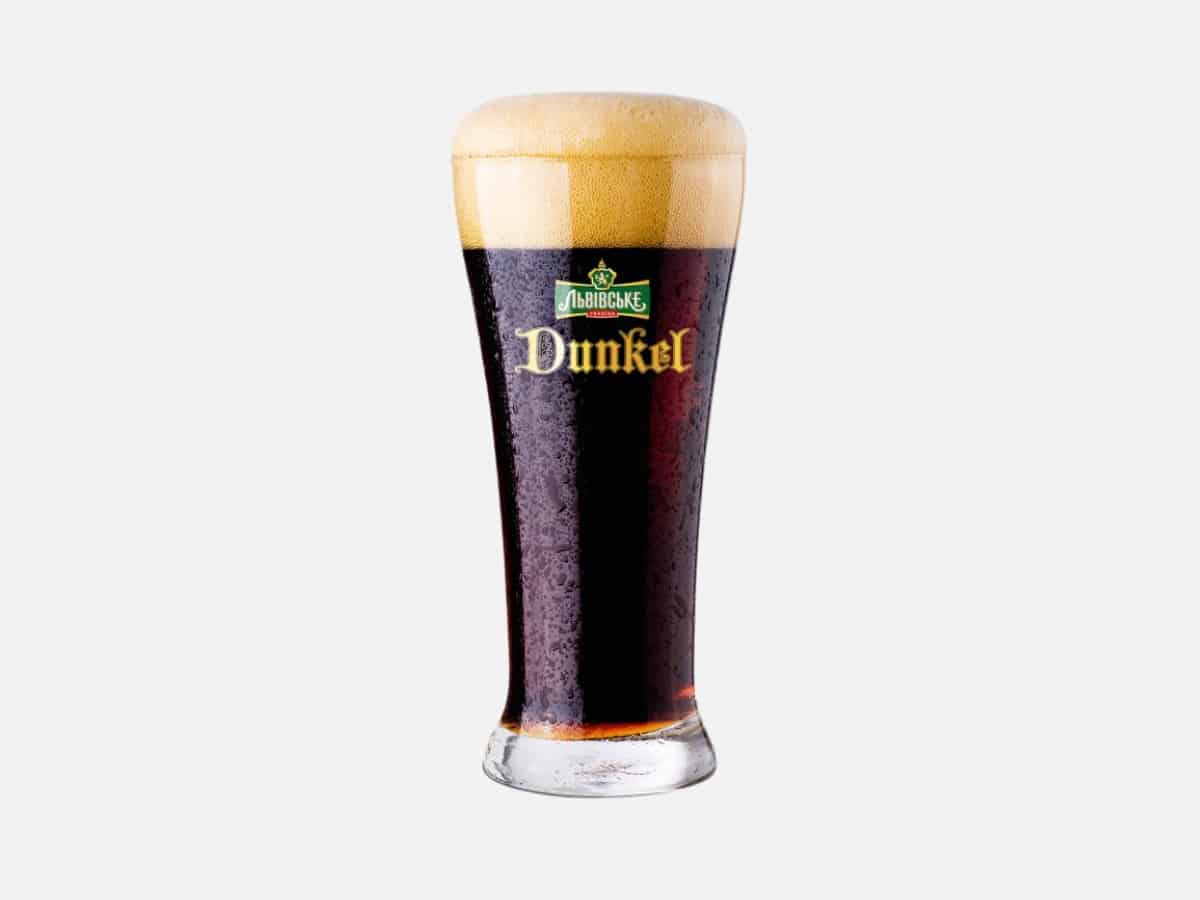
Dunkel
The word “dunkel” is German for “dark” and this style of beer follows suit, with a colour that ranges from amber to dark reddish brown. It’s most often brewed as a lager though also there is such a thing as “dunkel weizen,” a dark wheat beer. A signature production method called decoction mashing lends certain dunkels their unique and malty flavour. The average ABV is 4.5% to 6%.
Buy Dunkel Lager (Dan Murphy’s) Buy Dunkel Lager (Beer Cartel)
Related: There’s a handful of great mid-strength beers available in Australia. These are our favourites.
Types of Lambic Beers
A sour beer, lambic has a history dating back to 13th-century Belgium. Exposure to wild yeasts and local bacteria during fermentation results in a dry profile with a tart finish. There are multiple types of lambic beers, each of which brings its own distinctive qualities to the table.
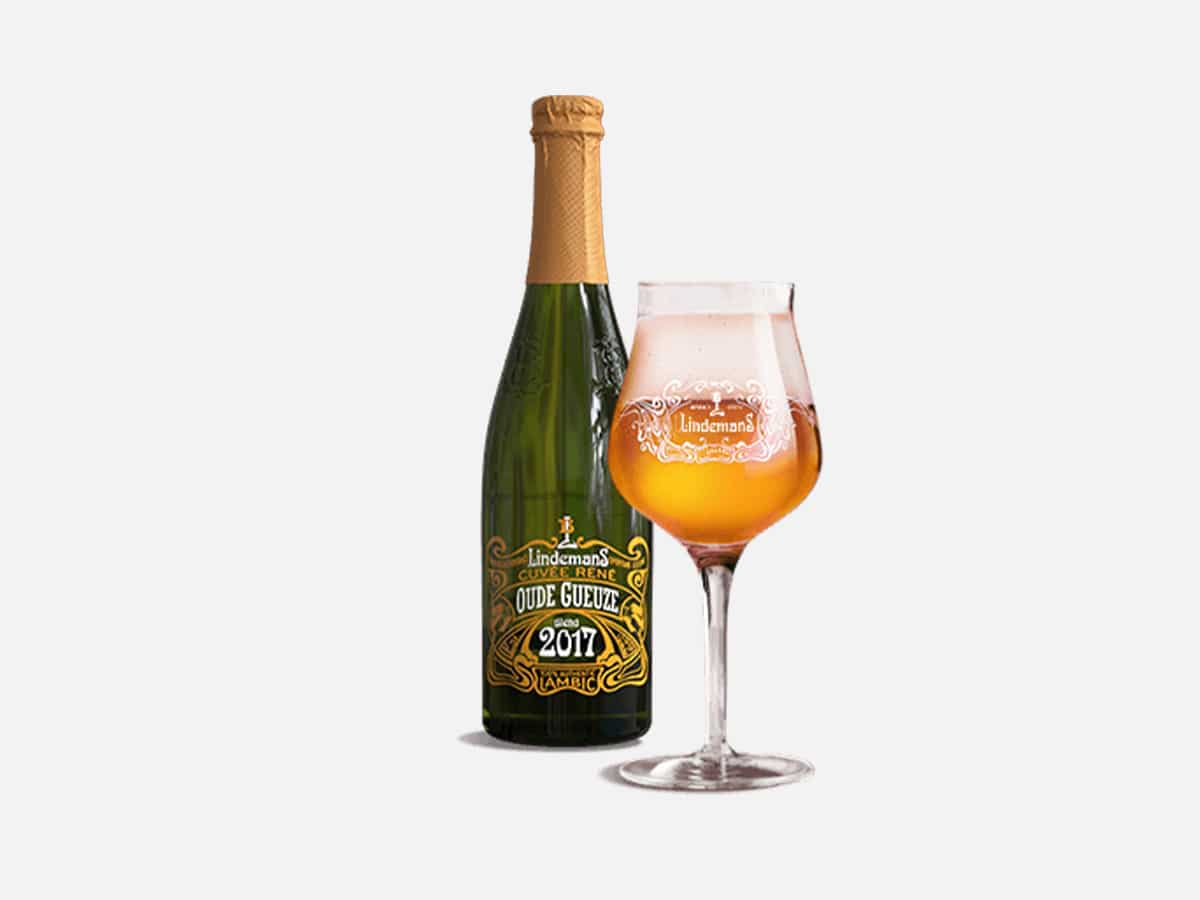
Gueuze
Younger and older lambics are blended together and then bottled for a second round of fermentation to create this particular style of beer. Typically presented in a champagne bottle, it cultivates a musty, sour taste that some drinkers describe as “barnyard-like.”
Buy Gueuze Lambic (Purvis Beer) Buy Gueuze Lambic (Beer Cartel)
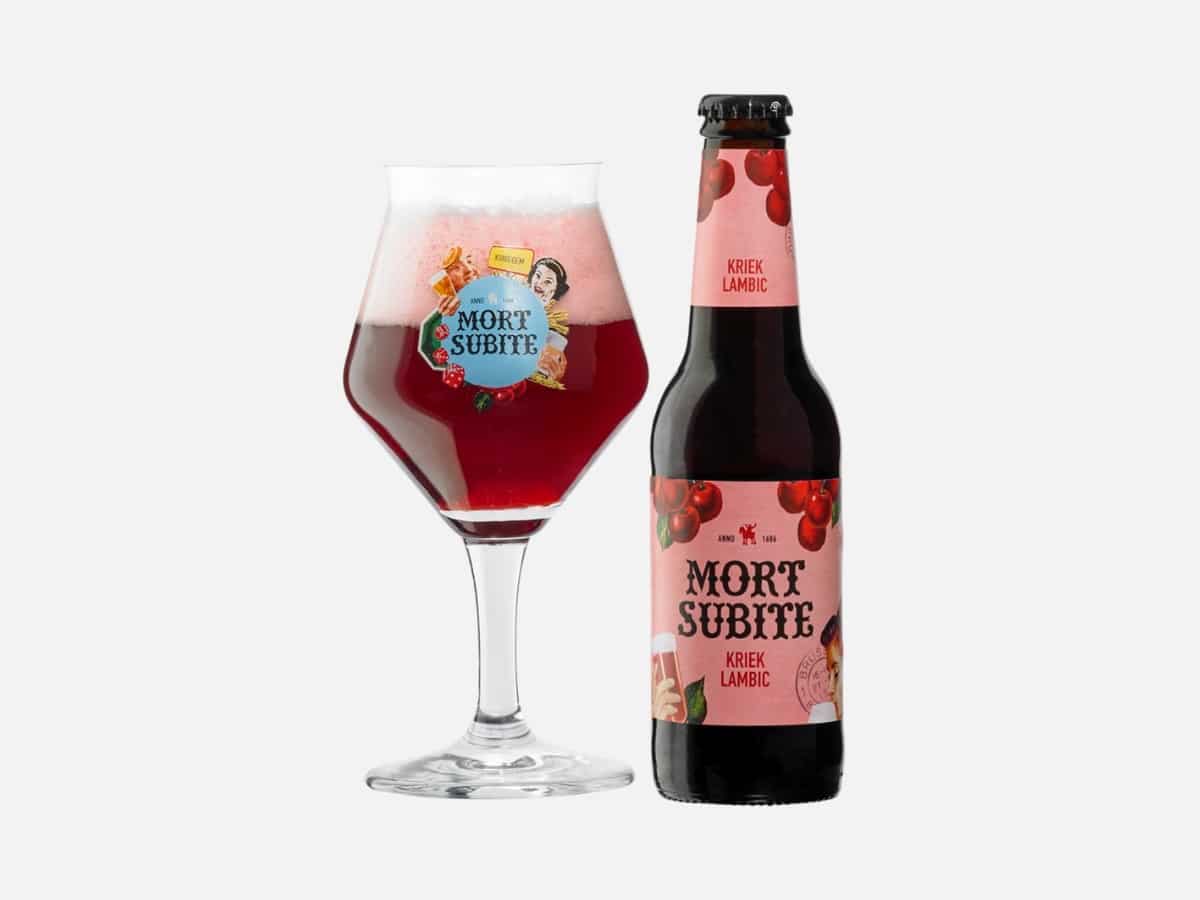
Kriek Lambic
Traditional kriek beer added a rare variety of cherry to a lambic base, though a number of modern brewers use sour cherries instead. The mixture sits for months at a time and enacts a refermentation process, converting the extra sugar into alcohol. After additional maturation comes a tart beer that’s big on fruit flavour but devoid of sweetness. Some brewers have begun adding sugar to the final product in hopes of making the beer more palatable for a wider audience.
Buy Kriek Lambic (Beer Cartel) Buy Kriek Lambic (First Choice)

Framboise Lambic
Framboise is produced when raspberries are added during lambic’s fermentation and maturation process. Often served in a champagne-style glass, this style of beer is tangy in flavour with light carbonation and a weak ABV of around 2.5%.
Related: You’re going to want to drink these beers out of the best beer glasses.
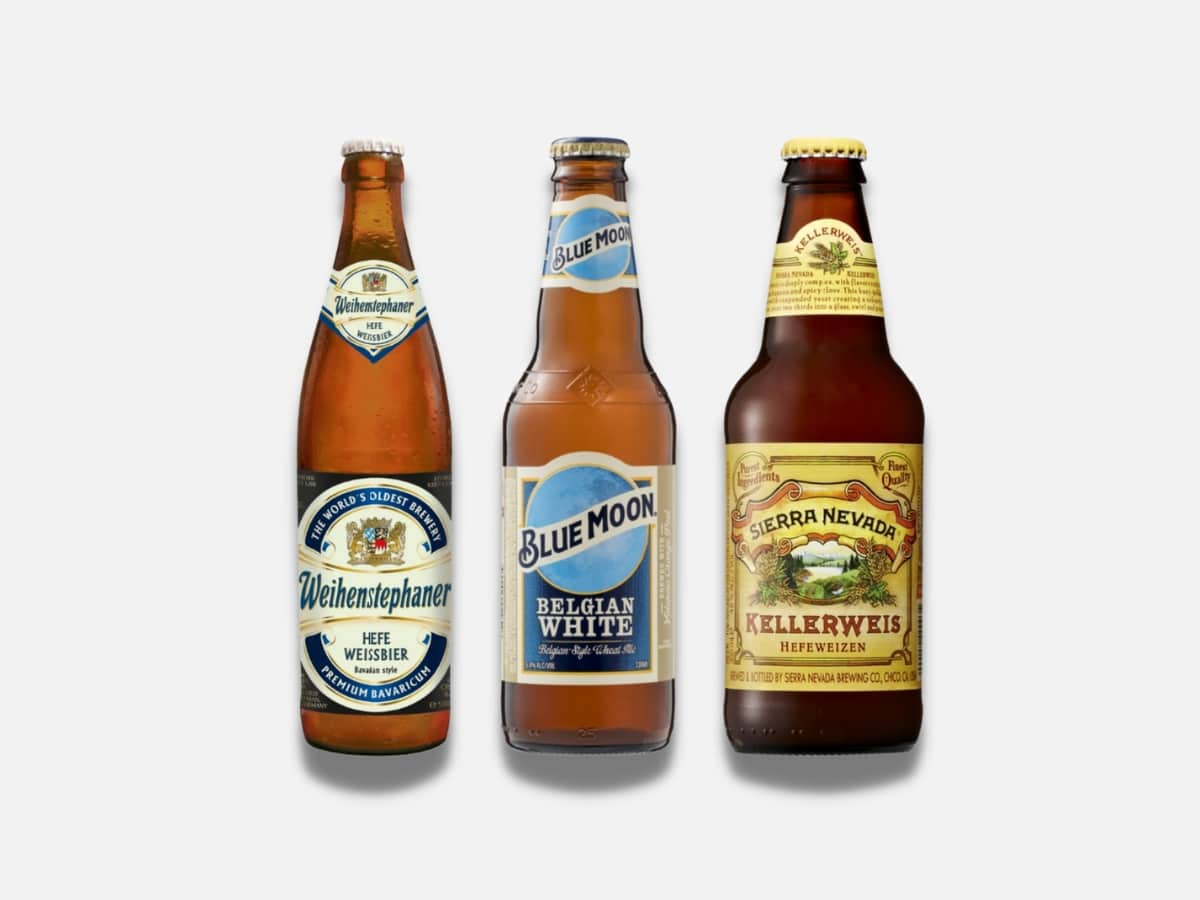
Types of Wheat Beers
As anyone who’s ever tasted a delicious Hefe is likely to know, wheat beers (or German Weizenbier) are light and crisp. They usually tout a tangy citrus element and sometimes a hint of spice. A low alcohol content and smooth finish allow most wheat beers to remain compulsively palatable from sip to swallow.
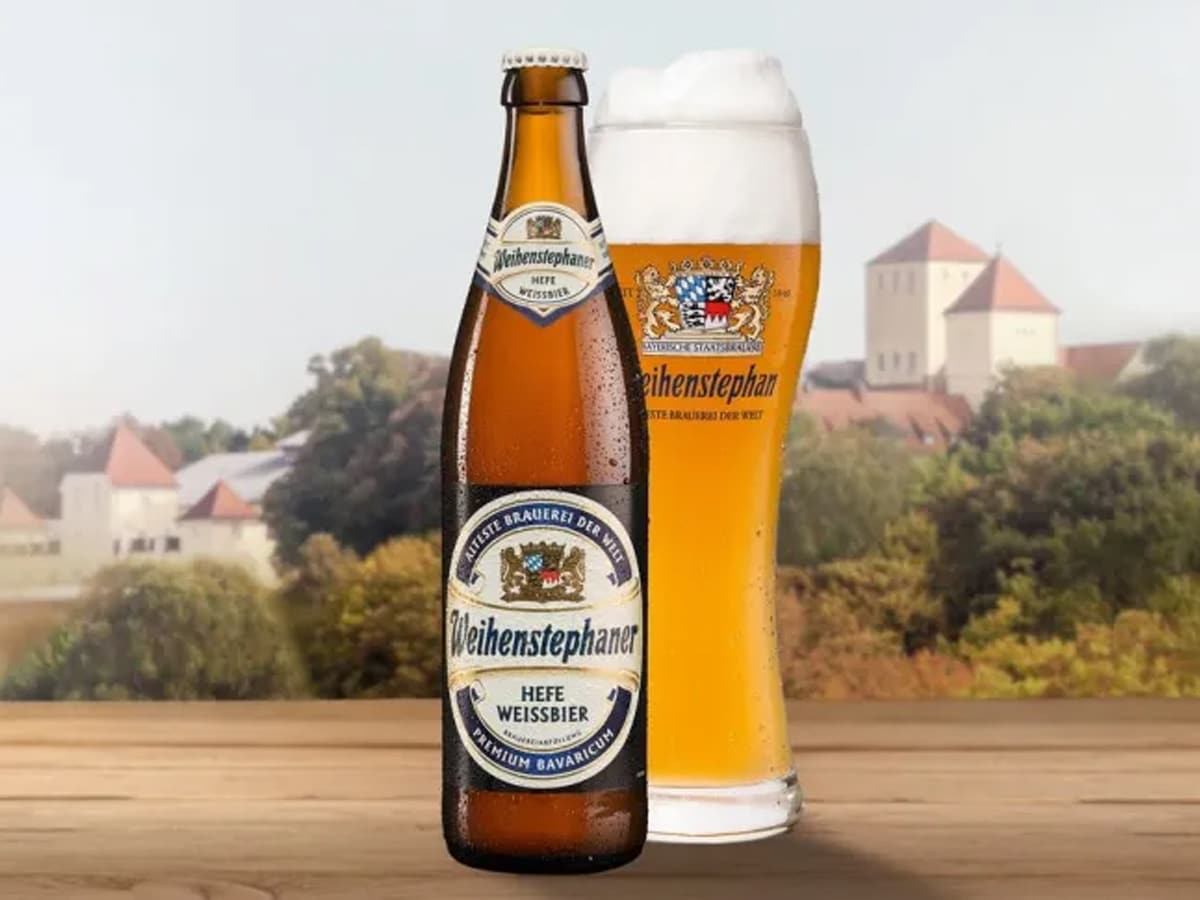
Hefeweizen
A style of German weiss (translation: white) beer, hefeweizen replaces a significant amount of malted barley with malted wheat during the production process. The resulting suds tend to deliver low bitterness, creamy texture, and a banana-like aroma and taste with citrus qualities.
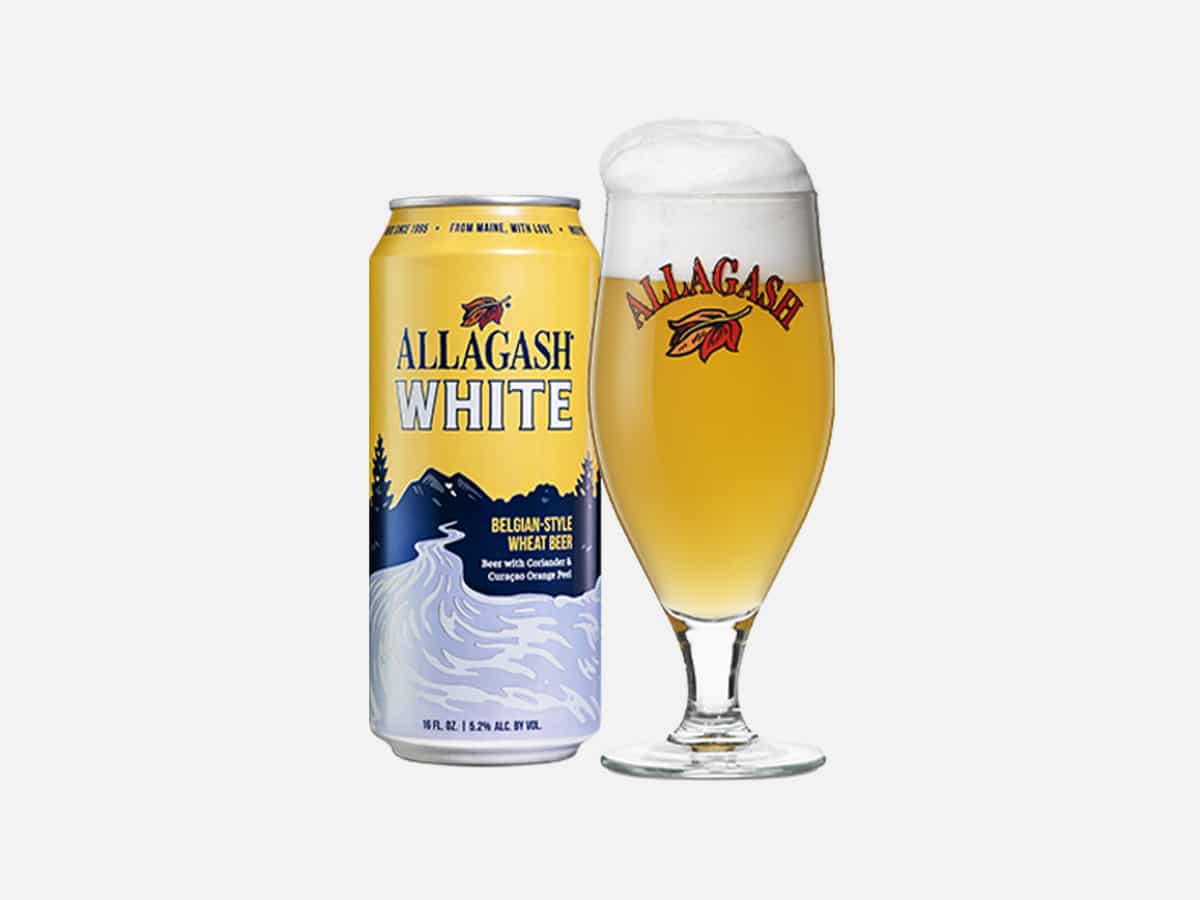
Witbier
Dutch for “white beer,” witbiers always take on a cloudy appearance as a result of suspended yeast and wheat proteins. Citrus and spices are often added during the brewing process and they help round out the beer’s fruity and bread-like character.
Buy Witbier (Purvis Beer) Buy Witbier (Beer Cartel)
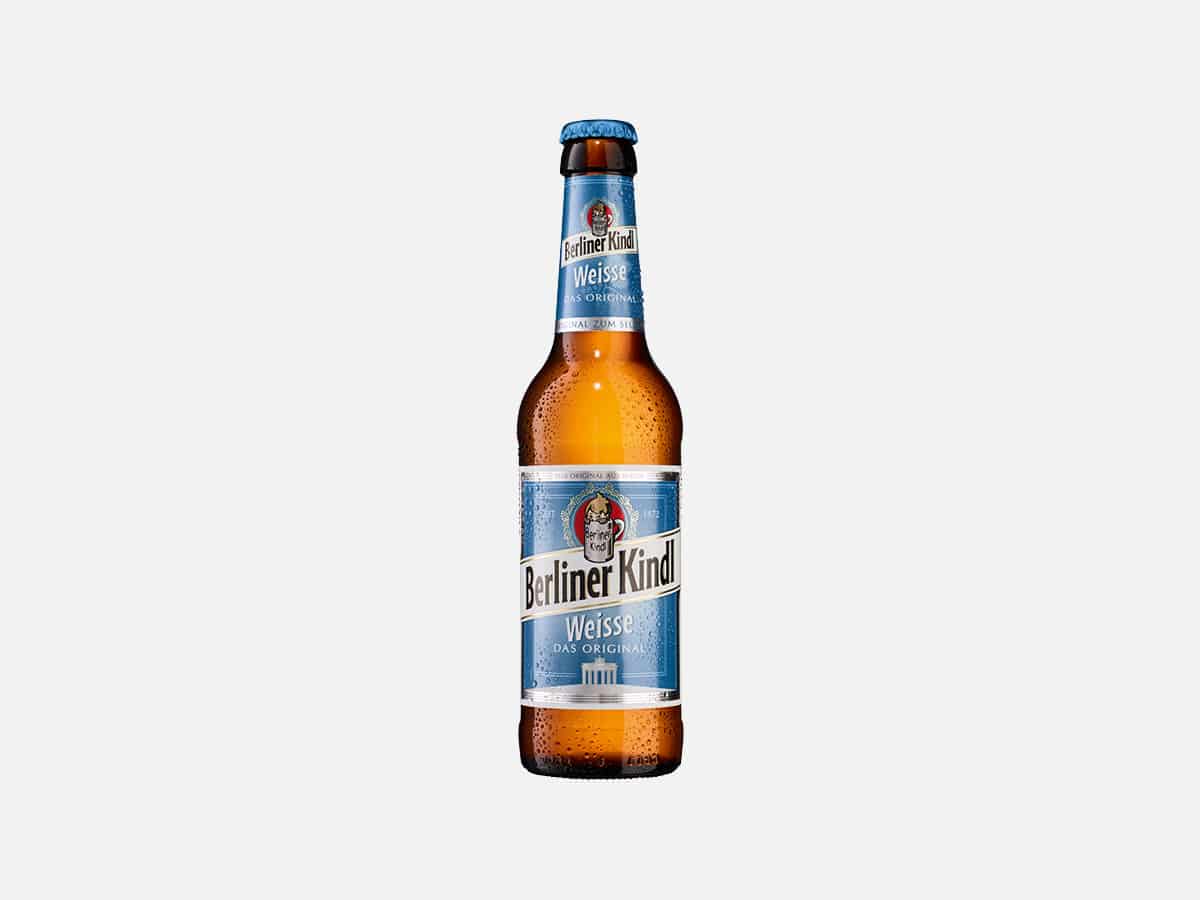
Berliner Weisse
Once called the “Champagne of the North” by Napoleon and his troops, Berliner Weisse is generally cloudy in appearance and tart in taste with tropical undertones. A secondary fermentation inside the bottle or the addition of lactic acid bacteria helps it achieve a purposefully sour flavour profile. As you can see by the picture, this beer can be green in appearance.
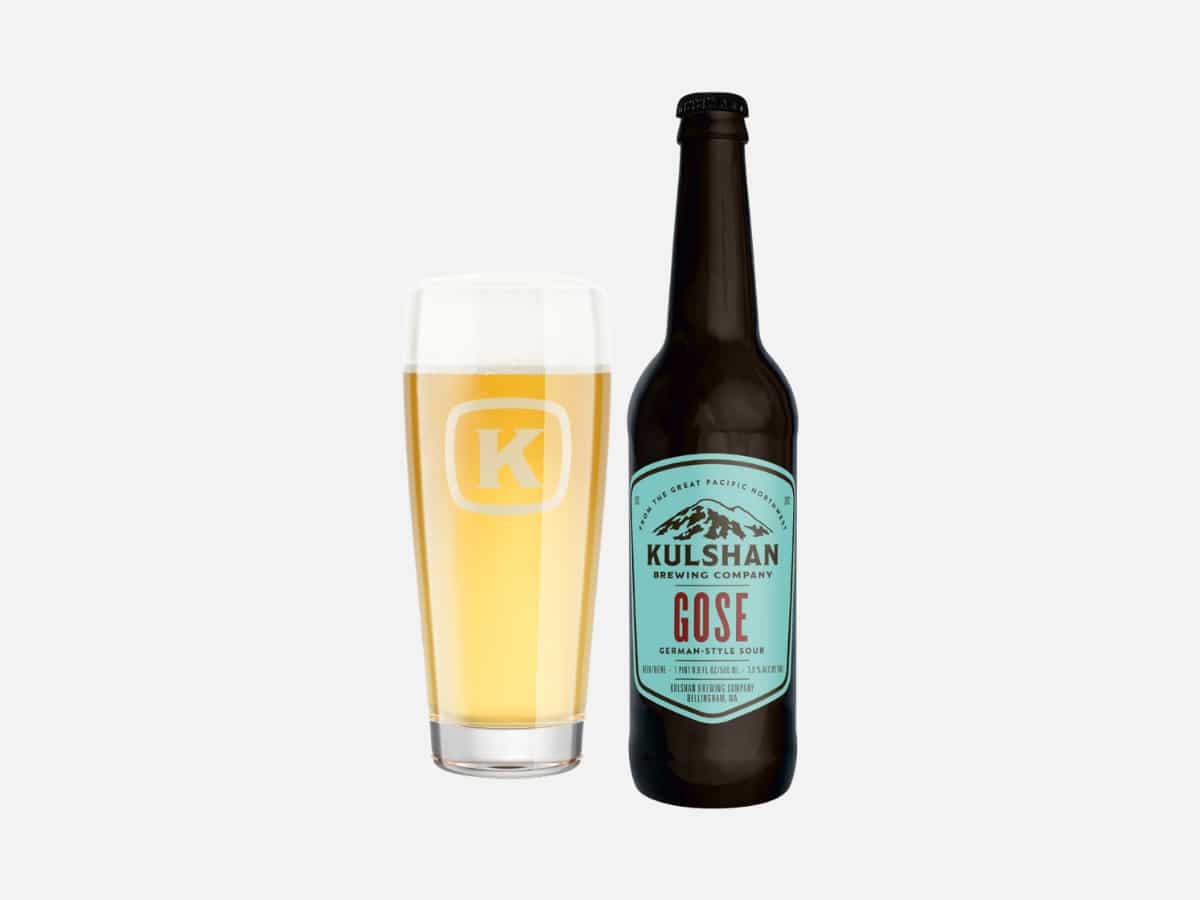
Gose
This top-fermenting wheat beer is unfiltered—hence its haziness—and usually flavoured with coriander and salt. The taste is generally sour and a little salty with a low bitterness and herbal quality. Typically crafted from more wheat than Berliner Weisse, certain Gose beers will similarly incorporate lactic acid during production.
Related: Snake Venom is the World’s Strongest Beer at 67.5% ABV
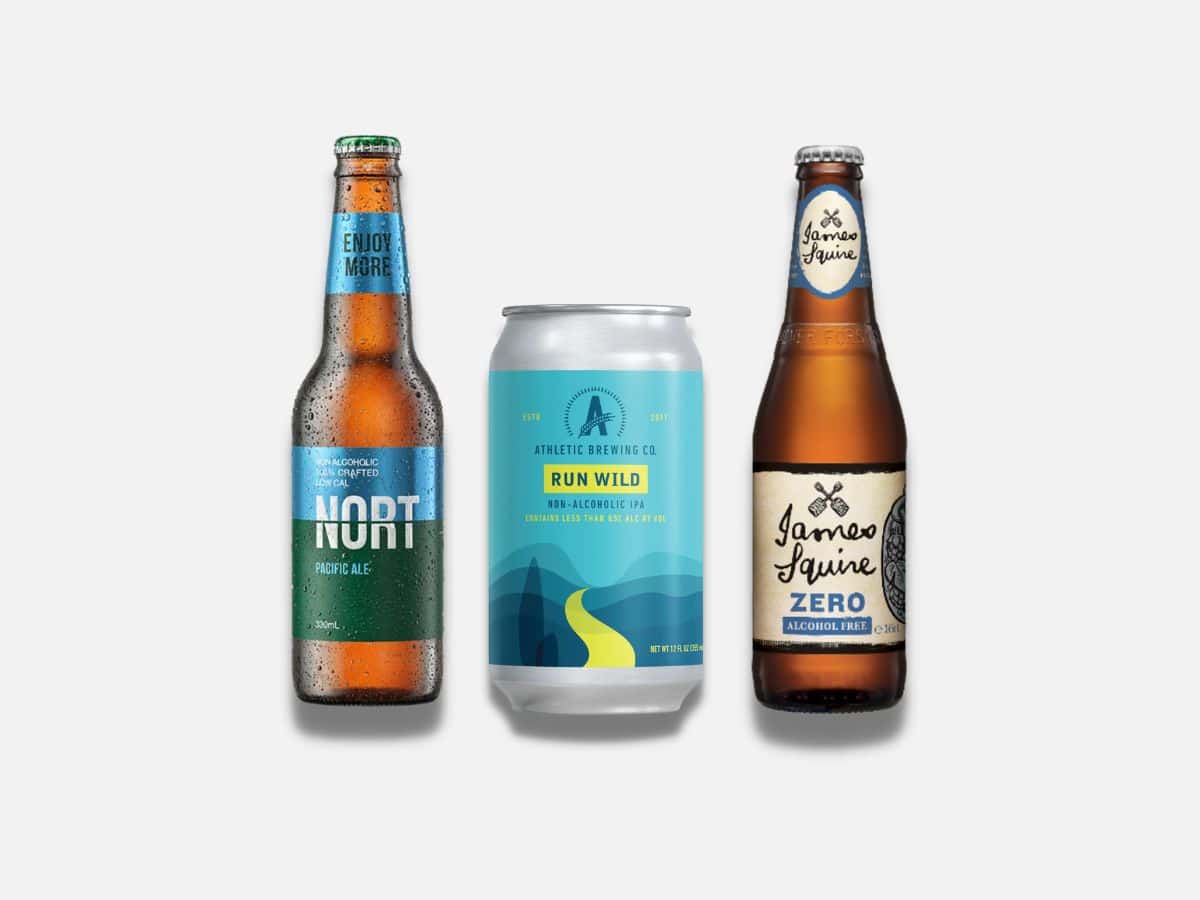
Non Alcoholic Beers
Non-alcoholic beer is most commonly made by either disrupting the formation of alcohol during the fermentation process or by removing the alcohol after fermentation is complete. Thanks to the ongoing explosion of the craft scene, there’s been a simultaneous proliferation of non-alcoholic beer here in Australia and around the world. That’s great news for sober sippers, who want to enjoy the refreshing taste of beer but also avoid any intoxicating effects or nasty hangovers.
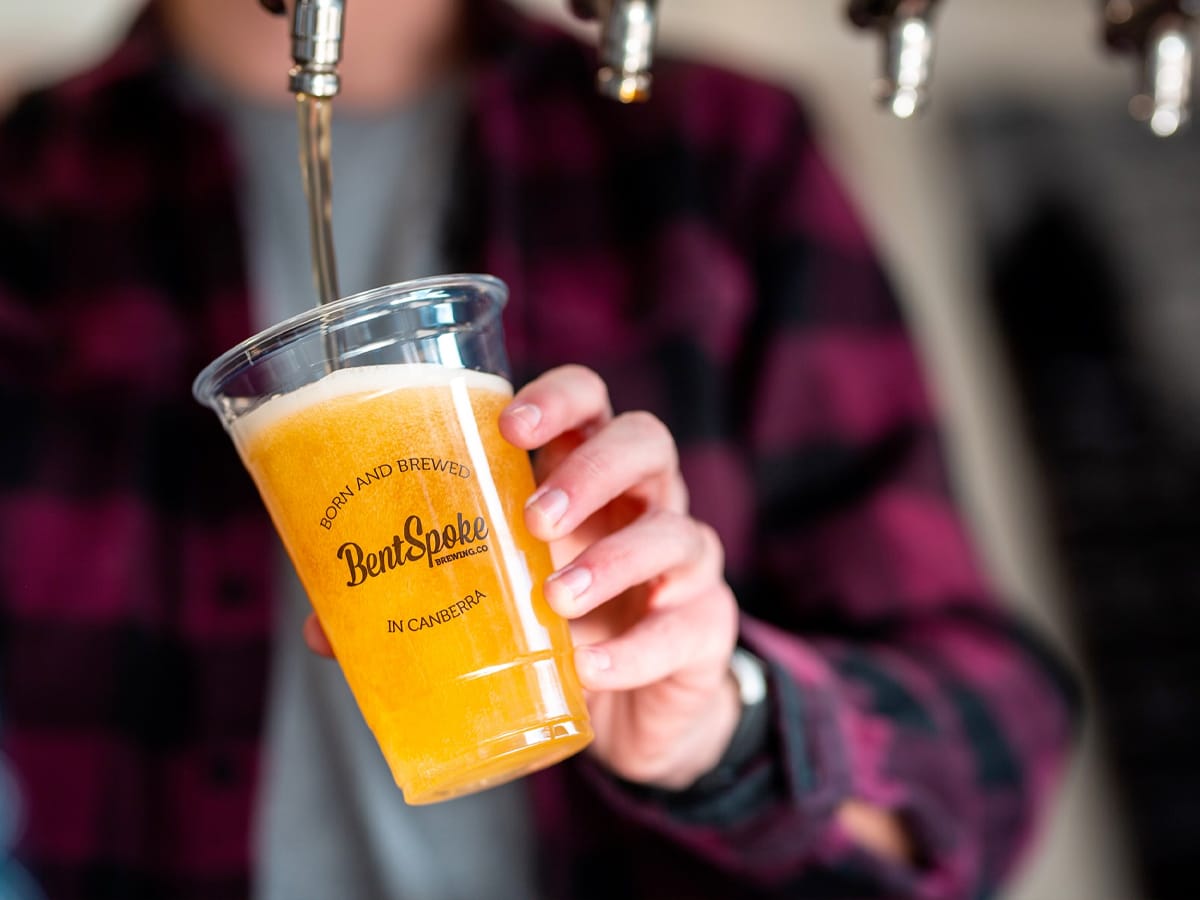
What’s Next in Beer Types?
Nearly all of the beer styles mentioned above are some variation of the first two beer types: ales and lagers. However, with the craft movement spreading like wildfire and the Belgian beer movement staying its course, one can expect to see more and more specialty beers hitting the shelves. These include farmhouse ales, fruit beers, barrel-aged beers, and the list goes on.
Most of these beer styles incorporate a non-traditional ingredient or method during the brewing process – think fruit or chocolate. The result is beer operating on an elevated tier in terms of complexity and flavour. For some, these beer styles might be too complicated. For others, it’s exactly what they’ve been looking for. Let’s see what the future of beer holds.
More beer articles:
Best Beer Apps Be Your Guide
Beer Glass Sizes in Australia Explained
Best Home Brew Kits for the Craft Beer Lover
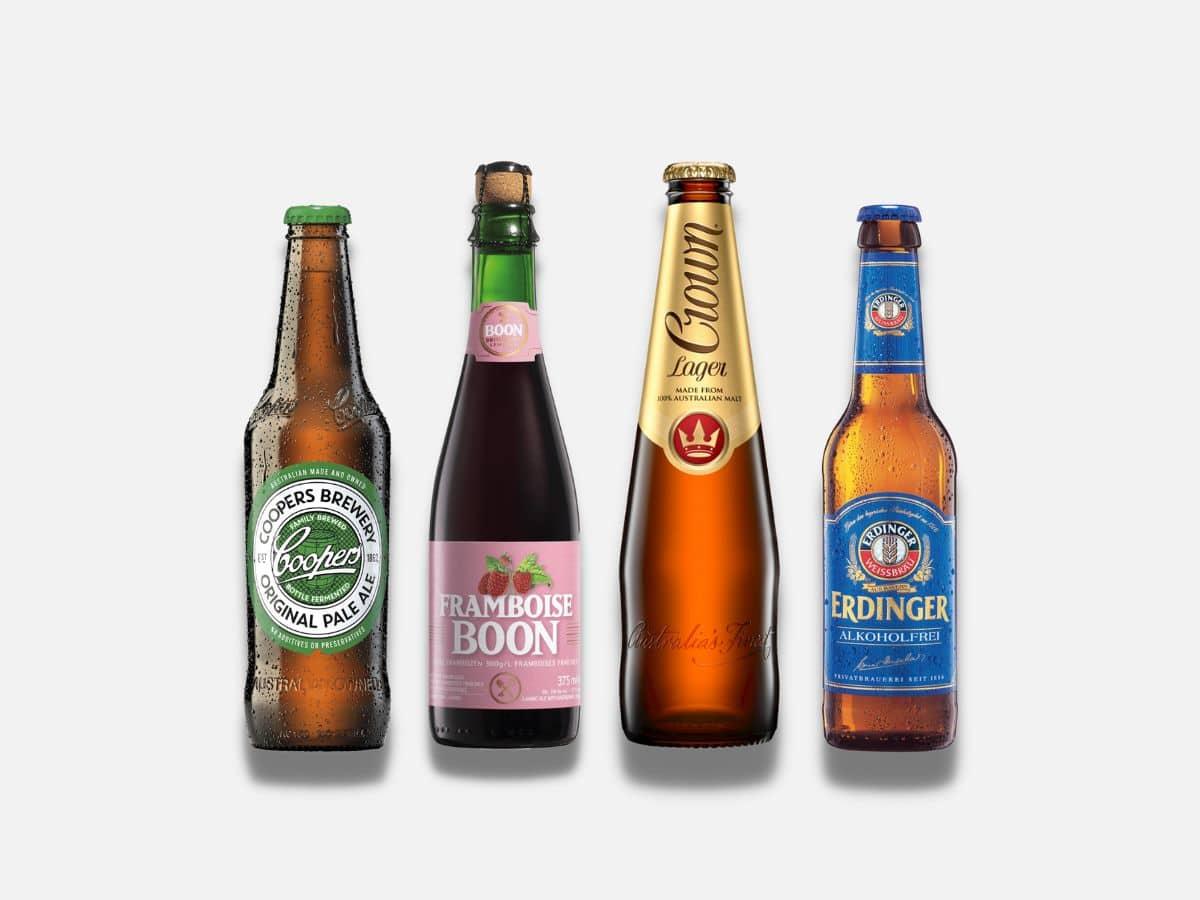


















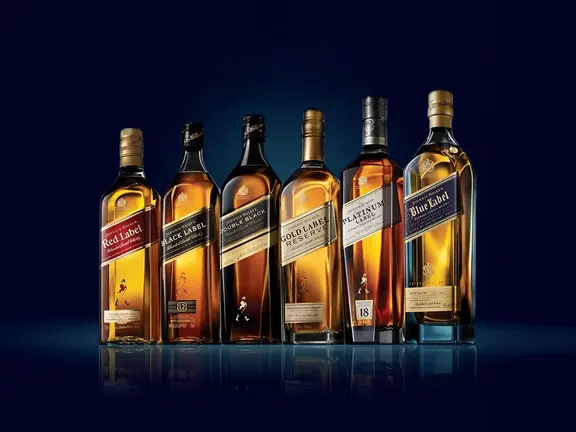











Comments
We love hearing from you. or to leave a comment.